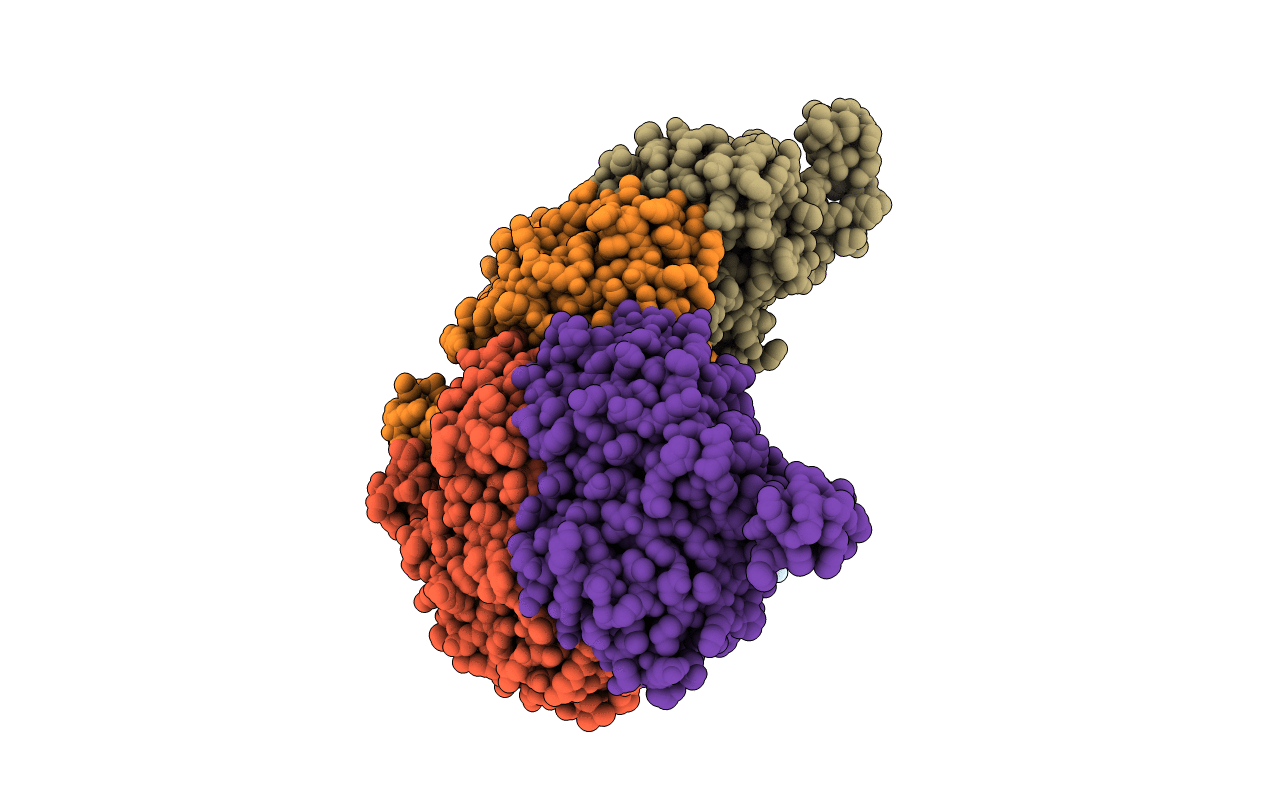
Deposition Date
2011-02-25
Release Date
2011-12-21
Last Version Date
2023-12-20
Entry Detail
Biological Source:
Source Organism:
ACIDIANUS AMBIVALENS (Taxon ID: 2283)
Host Organism:
Method Details:
Experimental Method:
Resolution:
1.80 Å
R-Value Free:
0.19
R-Value Work:
0.16
R-Value Observed:
0.17
Space Group:
I 4


